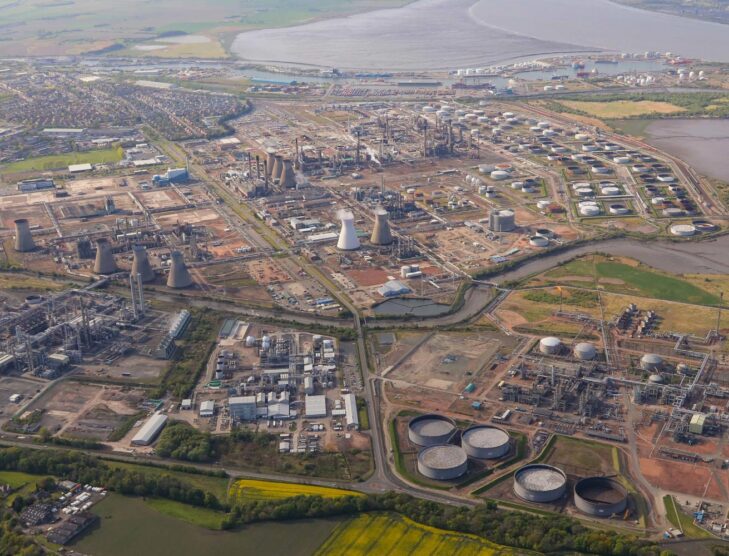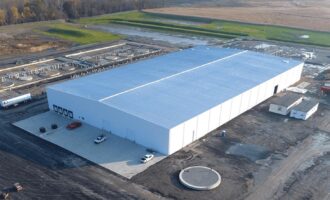
INEOS unveils plan to reach net-zero emissions in Grangemouth
INEOS, the largest privately owned chemicals company based in the UK, announced plans to spend more than GBP1 billion (USD1.36 billion) to achieve net-zero carbon emissions at its Grangemouth, Scotland, oil refinery and petrochemicals plant by 2045.
INEOS has already committed more than GBP500 million (USD682 million) on projects which are currently being implemented at Grangemouth. This includes investment in its New Energy Plant, which is due for completion in late 2023, which will supply energy to all site operations. Yesterday’s announcement will enable the next phase of its transition to net zero by 2045. Its road map involves a move to the production and use of hydrogen by all businesses at the Grangemouth site, accompanied by carbon capture and storage of at least one million tonnes per annum of carbon dioxide (CO2) by 2030. This will include capturing CO2 from existing hydrogen production and the construction of a world-scale carbon capture enabled hydrogen production plant. The road map will reduce greenhouse gas emissions in excess of 60% by 2030 through a series of investments, partnerships, and innovative engineering.
The Grangemouth site is home to Scotland’s only crude oil refinery as well as petrochemical plants. It has the capacity to produce around nine million litres of fuels per day and one million tonnes of petrochemicals per annum. Its main products include ethylene, propylene, polyethylene, polypropylene, ethanol, LPG, gasoline, jet fuel, home heating oil, and diesel fuel.
The economy of Grangemouth is focused primarily on the large petrochemical industry of the area which includes the oil refinery and petrochemicals plant owned by INEOS, one of the largest of its kind in Europe. INEOS acquired the Grangemouth site from bp in December 2005. In 2011, INEOS and PetroChina formed a 50-50 joint venture company, Petroineos, to operate the refineries at Grangemouth and Lavéra, France.
Scotland’s journey to a net-zero economy
“I welcome this significant investment, which demonstrates INEOS’ support for Scotland’s journey to becoming a net-zero economy by 2045. This will not only drive forward innovation and diversification to tackle emissions at Grangemouth, but will also support the decarbonisation of other sectors, sites and regions across Scotland,” said Michael Matheson, net zero secretary for the UK.
According to Andrew Gardner, chairman of INEOS Grangemouth, “our roadmap builds on the significant reductions we’ve already made at Grangemouth. When INEOS bought the site in 2005 it was emitting around five million tonnes of CO2 per year. We’ve already reduced that to three million tonnes today. Our next step, to use hydrogen combined with carbon capture via the Acorn project, will reduce this to below two million. Our road map, which extends beyond the Acorn project, has one goal, and that is to safely and efficiently reduce CO2 emissions to zero by 2045.”
A “just transition” to net zero
“Our challenge is to deliver a road map which ensures a just transition to net zero. This can only be achieved if we remain globally competitive and we stay ahead of evolving regulations and legislation,” said Stuart Collings, CEO of INEOS O&P UK. “Hydrogen will play a very important role in the decarbonisation of our manufacturing plants. Building the infrastructure for large-scale utilisation of hydrogen creates a foundation to achieve net zero by 2045 and enables wider use of hydrogen by INEOS and others in and around Grangemouth.”
The INEOS Grangemouth Net Zero Road Map is ambitious, but achievable, the company acknowledges.
“It creates the foundations for the delivery of net zero by 2045 and will establish a low carbon, hydrogen infrastructure critical to secure the future of large-scale manufacturing at Grangemouth,” INEOS said in a statement.









